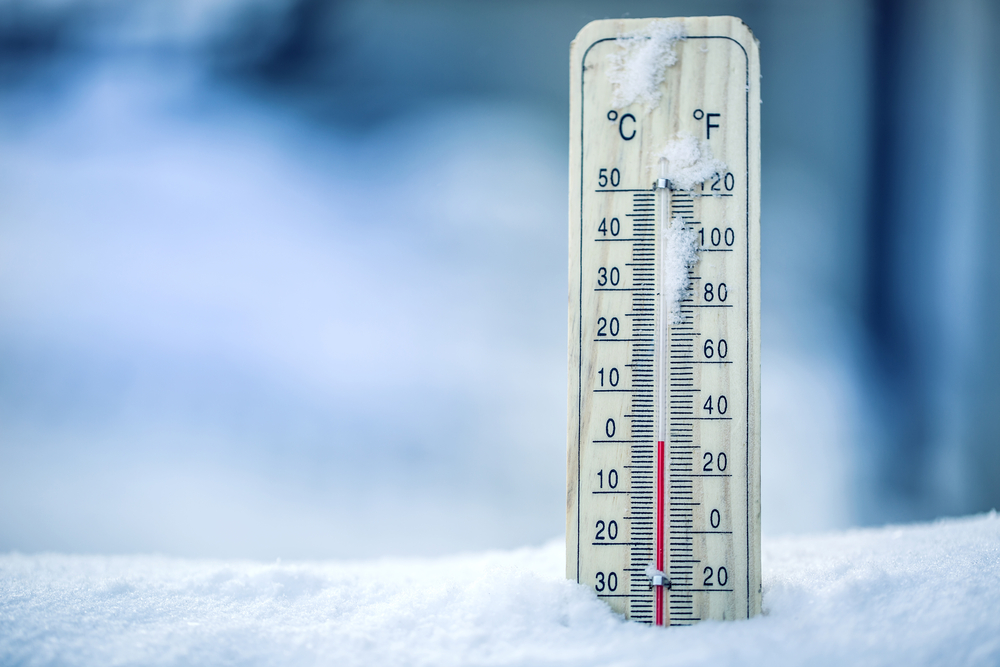The UK is in the grip of a spell of severe cold weather, with snow and ice warnings in place in Scotland, Wales, Northern Ireland and parts of England.
The HSE, the government’s health and safety regulator, says low temperatures and less daylight mean winter can make surfaces perilous and significantly increase the risk of slip and trip accidents.
And, when working outdoors, the HSE says, the weather can have a “serious impact” on worker’s health if the risks have not been properly managed. The weather can also affect a worker’s ability to keep safe, for example when handling machinery, the HSE says.
As such, the HSE says employers should ensure the personal protective equipment (PPE) issued is “appropriate”, provide mobile facilities for warming up and soup or hot drinks, and introduce more frequent rest breaks.
Employers should also consider delaying work until warmer times of the year without compromising on safety, the HSE says, and make sure workers can recognise the early symptoms of cold stress, such as a cough or body aches.
Indoor workplaces
The HSE says the Workplace (Health, Safety and Welfare) Regulations require employers to provide a reasonable indoor temperature in the workplace, while the Construction (Design and Management) Regulations require reasonable workplace temperatures for indoor areas of construction sites.
Under the Management of Health and Safety at Work Regulations, the HSE says, employers must assess risks to workers including temperature and put controls in place to protect them.
The minimum temperature in an indoor workplace should normally be at least 16°C or 13°C if much of the work involves “rigorous physical effort”, the HSE says.
Employers should provide local heating using radiators which do not give off dangerous or offensive levels of fume, “where a comfortable temperature cannot be maintained throughout each workroom, such as in hot and cold manufacturing processes,” the HSE says.
Practical steps to keep people as comfortable as possible when working in the cold recommended by the HSE include designing processes that minimise exposure to cold areas and cold products, providing insulating floor coverings or special footwear when workers need to stand for long periods on cold floors, and providing appropriate protective clothing for cold environments.
Employers should consult with workers or their representatives on the best ways to cope with high or low temperatures, the HSE says.
Related link
HSE temperature in the workplace guidance








Subscribe for free